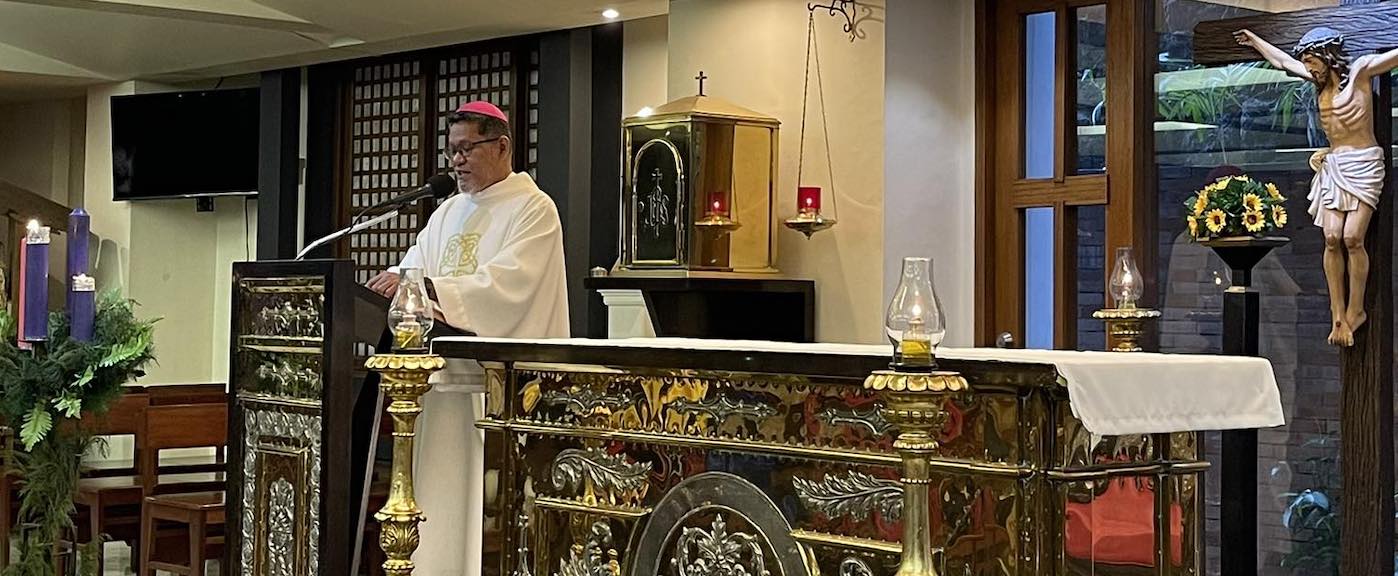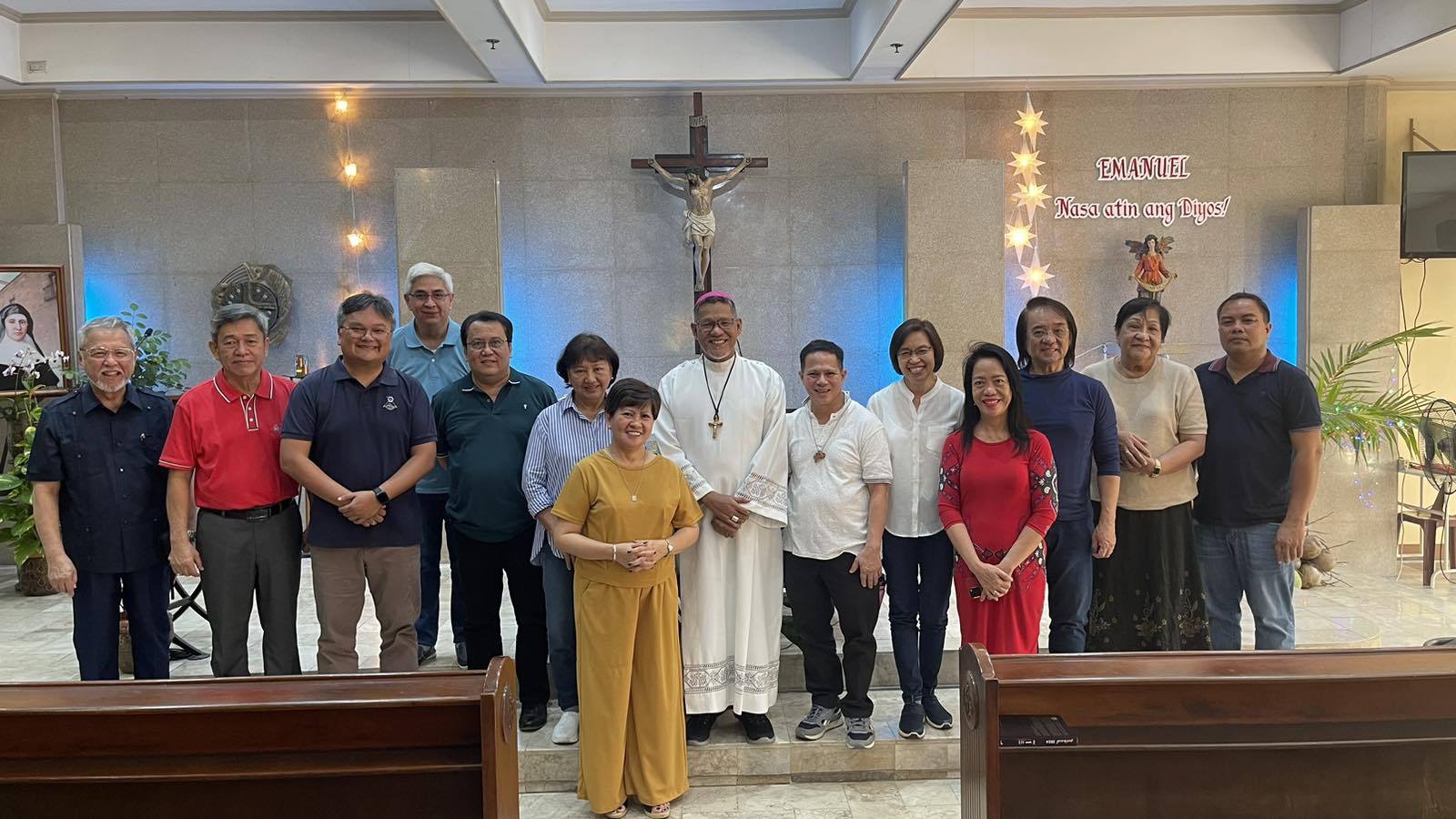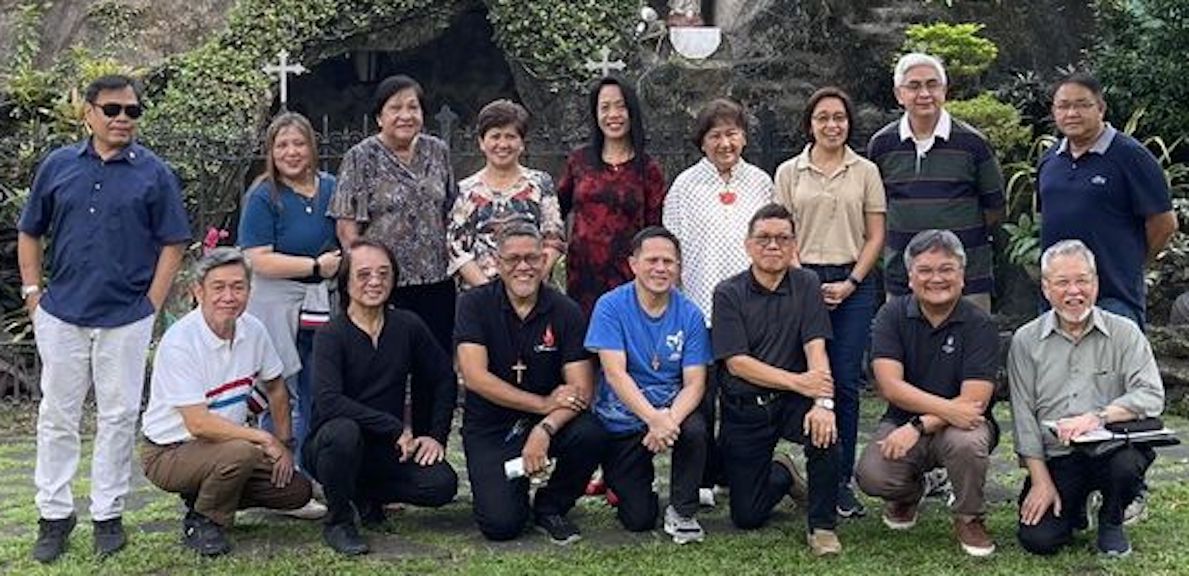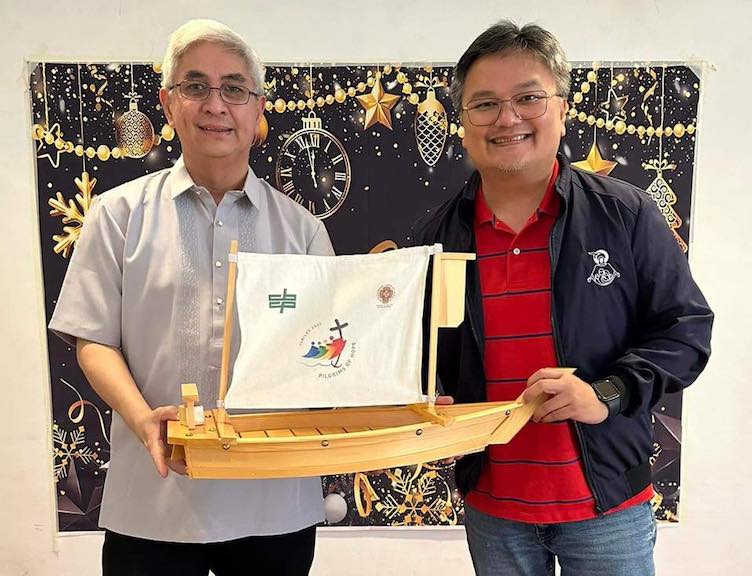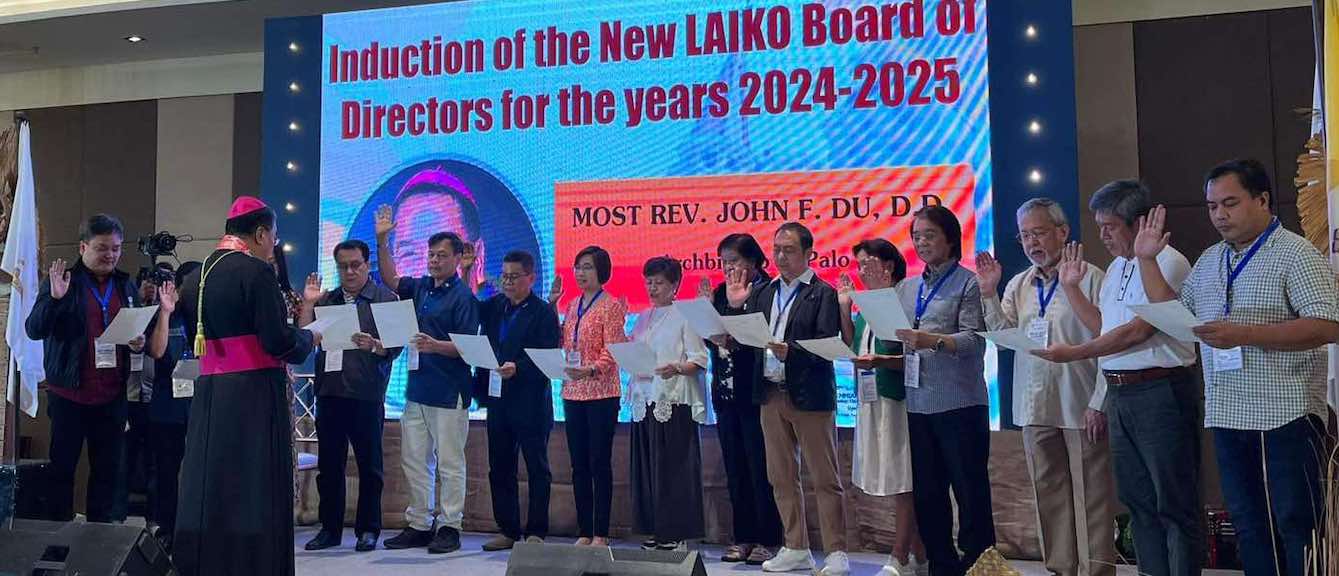
What’s happening at the Pontifical Council for Culture?

Dante – Candor Lucis Aeternae
The Holy Father has released a new apostolic letter Candor Lucis Aeternae on Dante, “prophet of hope.” Our Dante committee has been involved in organizing a number of initiatives for the 7th centenary of the death of Dante Alighieri (Florence, 1265 – Ravenna, 1321). These include:
- Travel with Dante – a virtual exhibition curated by the Apostolic Library (video) (link)
- Dante in the Vatican Museums – education pack
- Florence, May 28, Lecture by Cardinal Ravasi on Dante’s Theology: A l’etterno dal tempo (Paradiso XXXI, 38)
- In June, Dante in the Catacombs – readings with actors Verdone, Buy, Brilli & Haber
- Ravenna, Sept. 12, Mass and Conference by Cardinal Ravasi to close the Dante year
- Rome, Nov. 25-26, International Conference on Dante and Eschatology, University “Roma Tre”
Articles by Cardinal Ravasi presenting the apostolic letter may be found here: L’Osservatore Romano; Corriere della Sera, others. The composition of our own Dante committee is listed here.
Fratelli Tutti – Faith and Culture
The latest edition of our Journal – currently at the publishers – offers a number of responses from cultural perspectives to Fratelli Tutti. The same encyclical on fraternity and social friendship was the subject of a high level conversation, March 10, sponsored by the Dicastery exploring the foundations of a more humane economics, politics and culture, featuring Pankaj Mishra, Marilynne Robinson and Michael Sandel, moderated by Paul Elie (video here). And on March 3 our Women’s Consultation Group held a session of the webinar series “Women Read Pope Francis” with ecumenical and interreligious angles on the encyclical (video here).

The themes of Youth culture continue to interest the dicastery and the first of a series of youthful interviews of writers on storytelling, with Silvia Avallone, has now been published on YouTube. As is customary, we also followed the Sanremo Music Festival, whose youngest singer composed a critically acclaimed, challenging piece about change, meaning and identity: “My voice will be the only thing left of me” (Voce, Madame). The hashtags of #Sanremo2021 sat uneasily but necessarily next to #PopeInIraq. And young refugee athlete Gerald Mballe featured in our Sport in the Service of Humanity’s podcast series Live Like You Play.
The Courtyard of the Gentiles, in partnership with the national newspaper Il Corriere, presented, Feb. 22, the volume prepared by its scientific advisory board “Pandemia e resilienza” with Giuliano Amato, Ugo Amaldi, Laura Palazzani.

Visits are currently limited due to covid, but among those that have occurred: an intercultural and interreligious visit from the Heydar Aliyev Foundation (pictured), sponsors of restoration work in the Roman catacombs, and one from AIFA (Agenzia Italiana del farmaco) to consider the ethical, cultural and social aspects of healthcare.

Cultural Heritage: Some 350 responses have arrived in response to the questionnaire sent to religious congregations concerning management of their cultural heritage. This material is now being studied and will be presented in the context of our International Conference “Charism & Creativity”, which has now been moved to May 4-5, 2022. See this interview by Cardinal Ravasi to Il Giornale dell’Architettura (English – Italian).
Activities of the Superiors
- Several of the superiors made interventions at the 16º Encuentro de Centros de Cultura on “Vocación al amor y la utopía de lo neutro” held in Puebla, Mexico, and online 23-25 Feb.
- Cardinal Ravasi met, among others, with our member Cardinal Porras Cardoza, new consultors Alessandra Talamo and Antonella Sciarrone, the ambassador of North Macedonia to the Holy See and the German Ambassador to the Quirinale. Together with his work on Dante (see above) he granted a broad-ranging interview to Il Giornale’s Serena Sartini on the activities of the dicastery at the end of the first year of the pandemic (link).
- Bishop Paul Tighe spoke at a session organized by COMECE on Education and Culture and to an International Women’s Day event organized by the Australian Embassy (link).
- Undersecretary Sanchez de Toca spoke at the XIII Seminar on Sports management, FGV di Rio, and at a Seminar on Women in Sports Leadership in collaboration with FIFA.
On the horizon:
- April 28, 2021: Courtyard of the Gentiles on Democracy at the Italian Embassy to the Holy See, with the Minister for Justice, Marta Cartabia
- May 6-8, 2021: Fifth International #UniteToCure Conference, Exploring the Mind, Body & Soul – How Innovation and Novel Delivery Systems Improve Human Health, Vatican/Online
- May 28, 2021: Lecture by Cardinal Ravasi on Dante’s Theology: A l’etterno dal tempo (Paradiso XXXI, 38), Basilica of the Holy Cross, Florence
- Sept. 12, 2021: Closure of Dante Year, Conference by Cardinal Ravasi, Ravenna
- From Oct. 2021 to March 2022: Participation at Expo Dubai
- Nov. 10-13, 2021: Plenary Assembly, Rethinking Anthropology at a Time of Transition, Rome
- Nov. 25-26, 2021: International Dante Conference, Università Roma Tre, Rome
- May 4-5, 2022: Charisms and Creativity. Cultural Heritage Conference, Rome
For further info about these stories see our review Cultures and Faith,
our website www.cultura.va and social media




